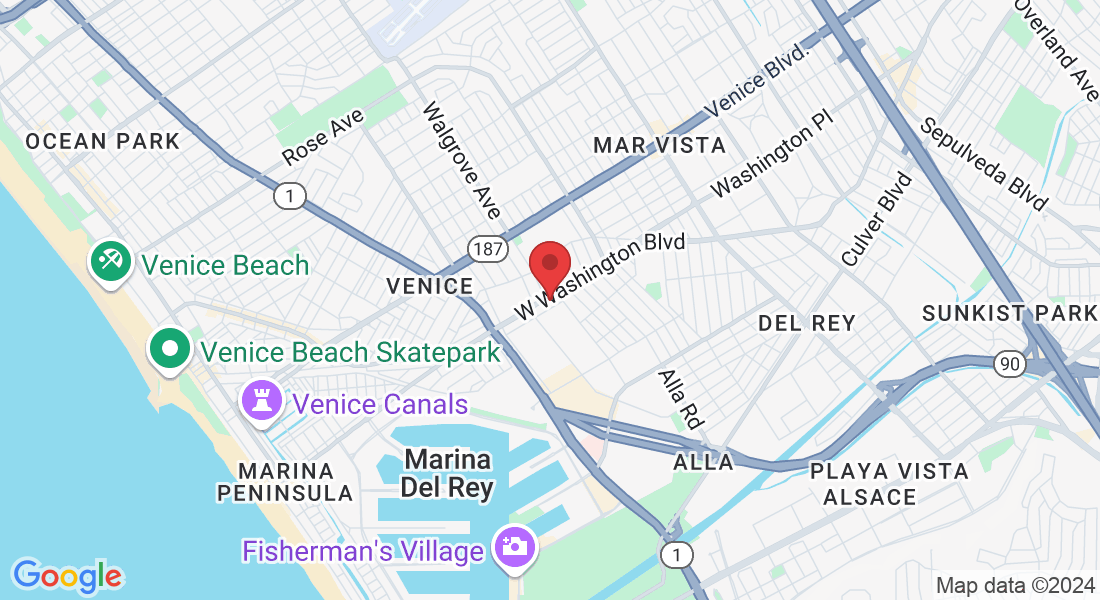Mon-Fri 8:00AM - 5:00PM , Sat 8:00AM- 2:00PM
SAME DAY OIL CHANGE IN LOS ANGELES
Same Day Oil Change // Premium Lube & Oil Filters // Best Synthetic Oils // ASE-Certified Staff

If your car or SUV needs a fast oil change in Los Angeles, including lube and filter, Automed Euro has you covered with dealer-level service and great prices. We’ll change the oil in a matter of minutes while you wait, and our ASE-certified mechanics will ensure your oil filter is clean and performing correctly as well. Our full-service menu includes complimentary multi-point inspection and safety check, changing the oil, installing a new oil filter, checking all fluid levels, and lubricating the chassis.
We use the mineral, synthetic, and blended oils from Castrol, Mobil, Valvoline, Pennzoil, Quaker State, Amsoil, Kendall, Chevron Motorcraft, and more.
OUR SERVICES

Schedule Your Appointment Today
AWARD-WINNING OIL CHANGE SERVICES IN LOS ANGELES
Complete Engine Oil Flush For Only $179.95
Our top-notch technicians are trained to use the latest technologies and manufacturer standards for service. We offer a range of oil change options for your life on the road, including:
Oil, Lube, Multi-Point Inspection & Safety Check
Replace Oil and Oil Filter
Checking the Air Filter
Monitoring & Filling Coolant
Chassis Lubrication and Oiling all Fittings
Inspecting & Topping off all Fluids Under the Hood
Checking Transmission Fluid, Power Steering, Brake, and Battery
Schedule Your Appointment Today
Why Come to Our Oil Change Service?
When you come for an oil change at Automed Euro, our highly professional mechanics will change your car or truck’s motor oil using nothing but the best oil type for your engine. Our local oil change heroes will change your used oil filter, check other filters, and top off important fluids. With some of the leading motor oil brands always in stock, our center is the top destination for an oil change in Los Angeles. Drop by and take advantage of our oil change specials today.
Same day oil change service
Premium-quality oils & filters
We use OEM parts and lube
ASE-certified mechanics
30+ years of experience
Dealer-grade car diagnostic tools and equipment
Excellent reputation, check our reviews on Google
Fully equipped auto shop
Family-owned & operated company
24 Month/24,000 miles warranty on parts & service
Our Services
Avoid dealing with a subpar, inexperienced tire shops. Choose Automed Euro, the best tire balancing and rotation West Los Angeles has to offer. You can trust our qualified team to provide you with quality car care at competitive prices. Call us today or set an appointment online.
Improved engine performance
Oil changes keep the internal moving parts of your engine clean and lubricated, allowing a smoother, quieter ride;
Better gas mileage
With more lubrication, new, fresh oil minimizes the friction that can slow down the motor and make you visit the gas pump more often;
Reduced vehicle emissions
Pure oil allows an engine to run cleaner, and a cleaner running motor releases less exhaust than a dirty engine. New oil absorbs better adverse motor particles and engine side-effect emissions;
Longer engine life
Friction and consumption are the two main causes of engine wear and failure. Regular oil changes minimize motor wear and lead to a longer-lasting engine.
First-Class Tire Shop Los Angeles – (424) 353-0024
Avoid dealing with a subpar, inexperienced oil change shops. Choose Automed Euro, the best Oil Change Center West Los Angeles has to offer. You can trust our qualified team to provide you with quality car care at competitive prices. Call us today or set an appointment online.
TIRES REPAIR FAQS
We now have an FAQ list that we hope will help you answer
some of the more common ones.
When to Replace Tires?
There are many signs that you may need to replace car tires. Weathering, damage, and irregular wear can all indicate a need for new tires. Still, the most common sign is low tread depth. As tires wear, the tread depth and circumferential grooves become shallower, decreasing the tire’s wet weather traction. A tire with 2/32nds of the tread is considered legally worn in certain states. Tires worn to this point must be replaced.
How Often to Replace Tires?
The NHTSA recommends that tires be replaced every 6 years regardless of the number of miles driven. Proper inflation is the ultimate goal of tire maintenance. Too much or too little air in the tires is guaranteed to cause you problems and excessive or uneven wear during the time.
How Often Should I Check Tire Pressure?
It’s recommended to check the air pressure in the tires at least once a month because all tires lose air over time. Inspect the tire pressure before you take a long drive or when you haul or tow a heavy load. It’s best to scrutinize the tires when your truck or car has been parked for several hours.
Why Tires Need Balancing?
Tire or wheel balancing is done to slow tread wear and maximize tires’ life. Fixing weight imbalances can solve vibration issues and other problems that hinder overall performance.
How Often Should I Replace Spare Tire?
Since a spare tire gets quite little use, it should last many years, but like all rubber products, the material will gradually deteriorate over the period. You can do the identical inspection on the spare tire as you do on the regular tires by looking for signs of tread wear.
What Is the Best Air Pressure for Tires?
The correct pressure for your tires is recommended by your vehicle’s manufacturer. Look inside the driver’s door for the optimal tire inflation pressure for your car, or check the owner’s manual.
Why Do Tires Need to be Rotated?
Tire rotation is crucial for both your safety and for extending the life of the tires. When tires are shifted to new positions, the pattern of wear on each tire also changes through moving friction and torque to different areas of the tread. Ensuring even tread wear improves cornering and braking by keeping traction consistent across all of the tires, and it enhances fuel efficiency, also.





